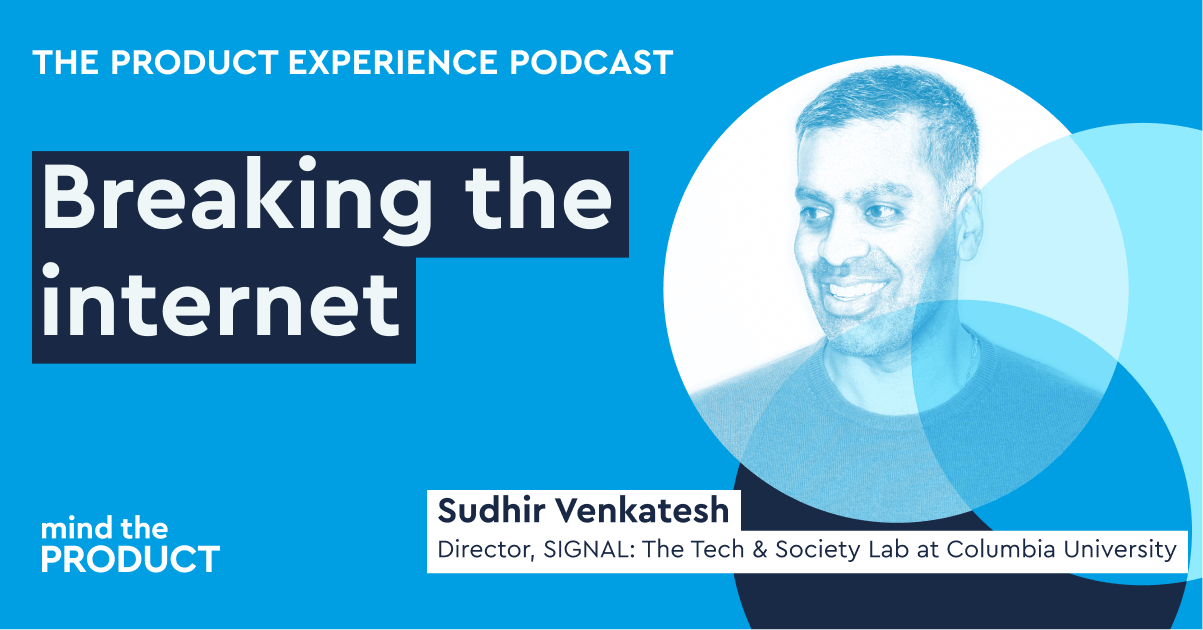Product coach Dave Martin has a look at Marty Cagan’s new book Transformed, and at the reasons for the rumpus caused in the product community by Marty’s clear statement that product professionals in feature factories are under-delivering on value compared to their product manager salaries.
Dave also comments that while Marty’s observations have led some product people to feel hard done by, ignoring reality isn’t helpful. He says: “The book explicitly states that everyone has the ability to influence, but specifically, that product leaders have a key responsibility to influence transformation. It is true, there are product leaders who need support and help to drive change. Driving change is hard work and if you are new to leadership it’s a really tough challenge to pick.”
Dave says that Transformed has a whole chapter dedicated to obstacles and that it’s a must-read for all product leaders. The big takeaway for leadership is to empathise with stakeholders and frame changes in terms of their desires. He concludes: “Change, unfortunately, means breaking the status quo, which is often difficult and painful for those involved.”
The truth hurts, but in many companies, product management is broken
Sirisha Dinavahi, a Product Manager at Egencia, shares her tips for keeping on top of your skill set and keep up with the times.
We all have limited time and money to dedicate to upskilling, says Sirisha, so she recommends listing and prioritising the skills you want to improve and then using your time effectively to learn.
Take advantage of free resources and make sure you fully understand a course structure before you pay for anything and take advantage of any budget your company has for upskilling employees.
She concludes: “Remember to be patient through this learning journey. There is no magic wand that can give you immediate results, but if you stay the course for six months to a year and incorporate learning into your everyday routine, results will come.”
Upskilling for product managers – tips and tricks
In this article, Matthew Olugbemi, Senior Product Manager at Gumtree, shares his learnings from exploring the potential of AI-powered solutions for content moderation and fraud detection at Gumtree.
Matthew and his colleagues were tasked with tackling the growing problem of inappropriate content and fraudulent listings on Gumtree. They have explored the potential of AI-powered solutions for automated content moderation and fraud detection, and Matthew shares some details of the work they did.
He says that AI is not a magic bullet and it can’t replace the human touch in product management. He says that product managers should view it as a powerful collaborator. By understanding its strengths and limitations, harnessing its potential responsibly, and focusing on their unique human skills, product managers can create a future where AI augments their abilities, leading to innovative products that truly delight users.
Product management in the age of AI: Friend or foe? It’s complicated
This post from product and organisational agility consultant Andy Hughes details the different product lifecycles and how to implement the right one.
Andy says that when selecting a lifecycle for digital products, you should look for product lifecycles that do the following:
In addition to selecting the right lifecycles, it is important to understand that they need to be tailored appropriately to suit the environment and work hand-in-hand with other types of lifecycles Andy says these ways of working need to be clearly articulated and communicated, so that teams understand how they need to work. When this is in place, he says, product management becomes much easier, and digital product managers are able to focus their efforts on the activities that grow the product and delight customers.
How to choose the right product lifecycle
In this post, Srinath Kotela, Senior Product Manager at JPMorgan Chase, details the steps to follow to master the product feedback loop for continuous product improvement.
In his article Srinath covers what a product feedback loop is, why it's important, the steps needed to build and execute one, and how to measure success.
His key takeaways are as follows: A product feedback loop represents a dynamic, ongoing process where user feedback is systematically gathered, evaluated, and applied to enhance the product. It ensures product evolution aligns with user demands and preferences, continually validating its relevance and effectiveness. It is pivotal in delivering exceptional customer experiences, bridging product gaps, shaping the product roadmap, and developing features that maximise revenue and impact on customers and plays a critical role in fostering customer loyalty, spotting market trends, making informed product decisions, and minimising churn rate.
Mastering the feedback loop: Where user insights meet product excellence








Comments
Join the community
Sign up for free to share your thoughts